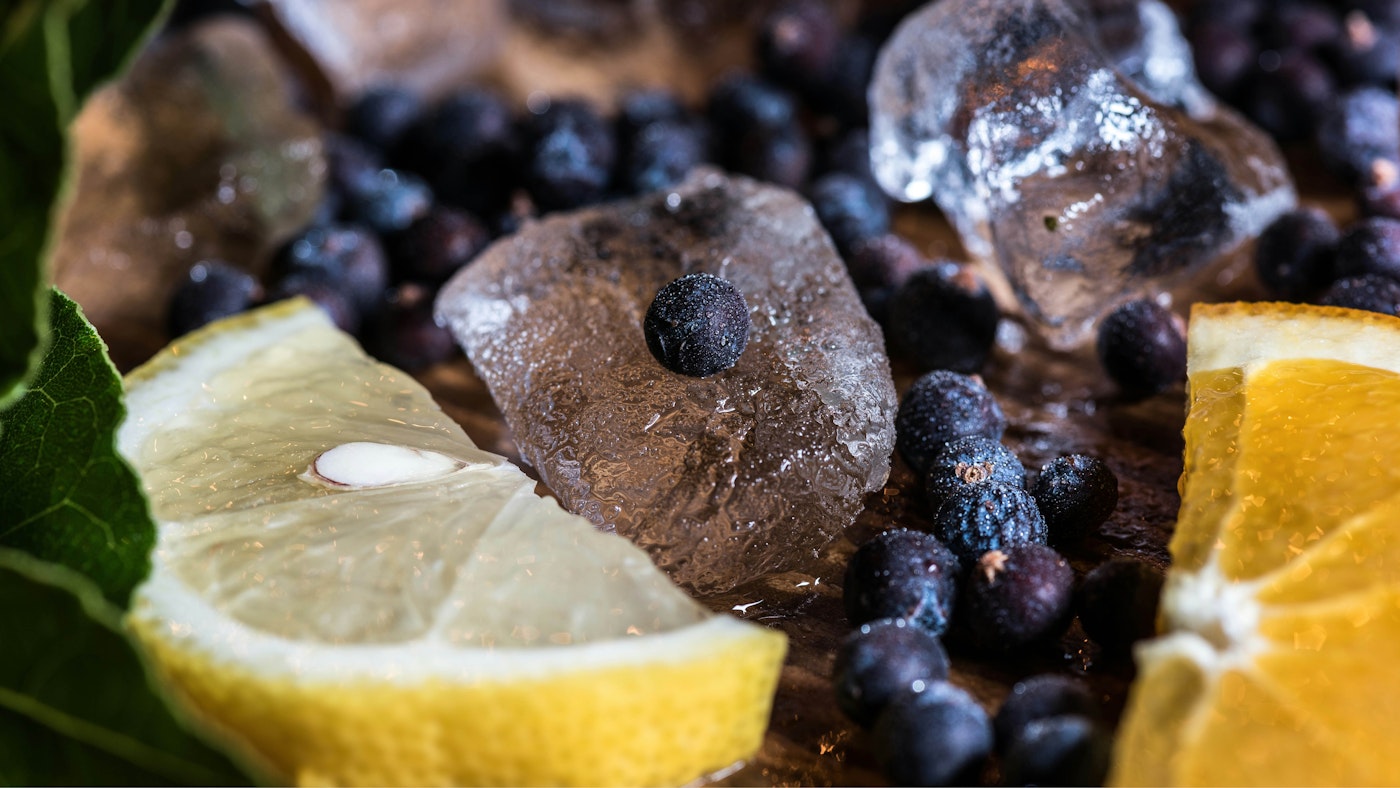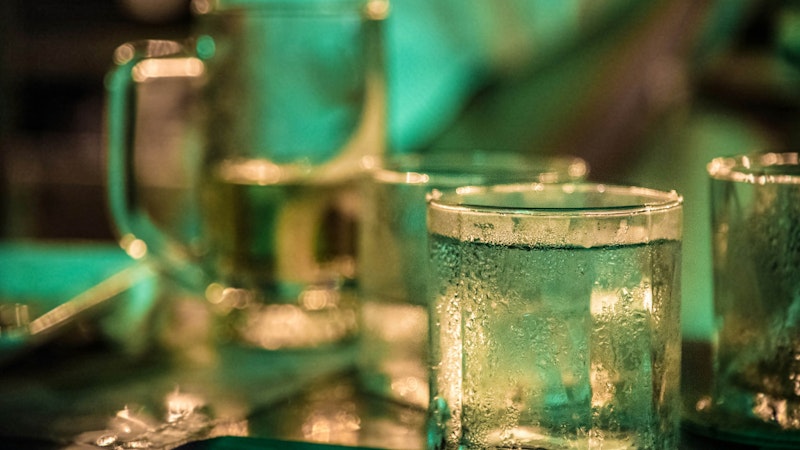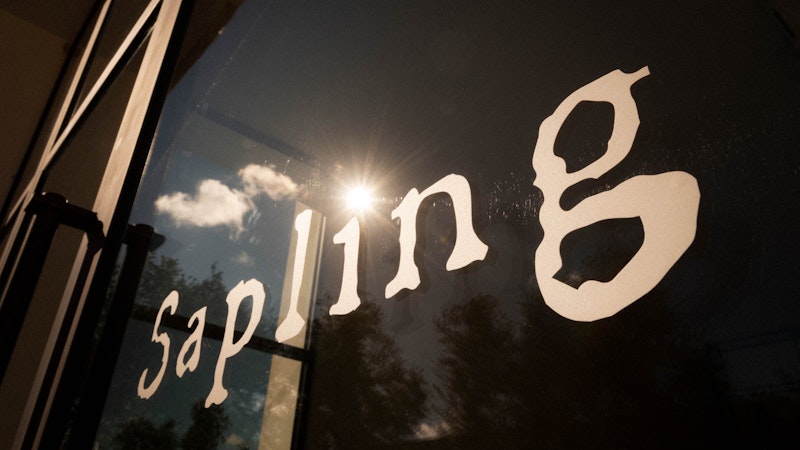What's happening to the gin?

After 20 years of growth and positive trends, gin seems to have reached a turning point, according to some operators. And to think that in the 1990s, gin was talked about very little, there was only one label in the bar assortment (most probably Gordon's) and it seemed to be the ingredient of the most popular and popular cocktails for those who wanted to get a good buzz. Today, on the other hand, we are witnessing a proliferation of labels on the market like never before: almost every day we receive a proposal from a new brand seeking space in national distribution to establish itself. How did we come to this?
Trends, as we know, change: the exploit of vodka in the 1980s, which in Italy led to an affirmation of the brand rather than the product, considering almost exclusively the price or the strength of the brand, and the affirmation of a few gin brands, which have somehow ‘split’ the market, we have arrived at today. A distillate produced from cereals, which undergoes a second distillation with the maceration of botanicals in alcohol, where priority is given to juniper, a Mediterranean berry with a particular taste between spicy, herbaceous and sometimes floral, which ‘intrigues’ the palate in a way that a vodka never could.
Premises then began to reintroduce gin and gin&tonic first and foremost, as a light cocktail, easy for the consumer to understand and easy for any bar to make, as well as being inexpensive, and to discover that by narrating the characteristics of the gin used, it made the customer's experience unique or ‘different’, coming a little closer to the narration typical of the world of wine. From this point on, it has been a crescendo: the brands we now consider fashionable have established themselves in just a few years and have opened the doors to a very varied production (traditional and otherwise).
Today, the market seems to be saturated (despite the fact that forecasts for Italy see this category still growing for the next few years): everyone is trying to make their product stand out through tastings, events, investments in communication and gin influencers, awards and medals. A gold rush in which it is thought (or has been thought so far) that ‘making a gin’ is better than investing in a seaside flat or an Amazon or Meta stock on their debut. This is a dangerous situation, with an inflation of brands, more or less ‘real’, business plans that are often non-existent and/or made ‘on the cheap’, and with unclear ideas of what the spirits market really is: the risk is that end customers will tire of all these proposals, feel too unknowledgeable about them, and make an immediate switch to other types of products and cocktails.
How to create a selection of Gin and Gin&Tonic?
In order to create the ideal proposition for your club, you have to start from the assumption that alcohol, as Hemingway said, is drunk to communicate, ‘to talk to others. If you are alone, to talk to yourself'. Wine, beer, spirits and liqueurs are all tools that help sharing. Propose your gin (or gin&tonic) menu with this in mind. Tell the story of a territory, of local producers, of a primary botanical, of a centuries-old tradition, or even a modern and innovative story: the important thing is that the product you sell creates communication not only between the customers themselves but also between you and them.
There is no such thing as the perfect gin menu, you have to make it perfect and unique only for your venue. You can think of a theme that refers to your reality, a geographical route (gins of various origins that ‘tell’ of lands far and near), or why not a gastronomic pairing. Or simply think of a selection that covers all the nuances of taste attributed to this cocktail (fruity, dry, citrusy, spicy, smoky, etc.). The important thing is that you create a card that ‘intrigues’ the customer and invites him to get to know and share, and makes him feel important even if only for having discovered a moment of taste and palate pleasure thanks to your suggestion.
Another important point is price, an issue that can make or break the development of the gin proposition in the future. Price should be considered not only on the basis of margin, but also in relation to the role the gin proposition plays in your establishment.
What also determines the value of your gin&tonic is the dose of gin used: 99% of operators might think that 50ml (5cl) of distillate is the right amount, but in Old England, where this cocktail was born, the standard measure is 25ml (2.5cl), allowing a lighter and more refreshing drink, and less expensive, ‘multipliable’ several times with more drinks, with greater customer satisfaction and more profit for the club. Then we must not forget the service (type of glass, ice, garnish), the pairing and the ‘storytelling’ when proposing and/or delivering the cocktail. All parts of what the British call the ‘experience’, to which must be added the ‘hospitality’ component, i.e. the welcome, ambience, empathy and quality that the customer perceives when entering your establishment.
What will happen to Gin after 20 plus years of growth and success?
It depends a little on all of us: producers, brand owners, distributors, venue managers and simple bartenders or waiters. If we focus on the strengths of our proposition, on making customers perceive that we are talking about something that creates value and emotion in those who listen to us, if we approach this proposition with sincerity and seek to gain expertise and share experiences, gin will be saved. It will continue to be the love or habit of many in the years to come, and we will remember these years as the ‘Gin Craze’ of the 2000s, the madness for gin, and perhaps we will also convince new generations to at least know how passionate we were, and how gin made us communicate with others.
If not? Well, there are various product categories, ready and eager to conquer little or a lot of gin. Categories that are resurrecting or re-introducing themselves to the market with a new appeal, with new (or old) stories to tell and with well-honed weapons to conquer the market.
This is what we are thinking about gin in Proposta Vini. What we are sharing with our customers, every day.





